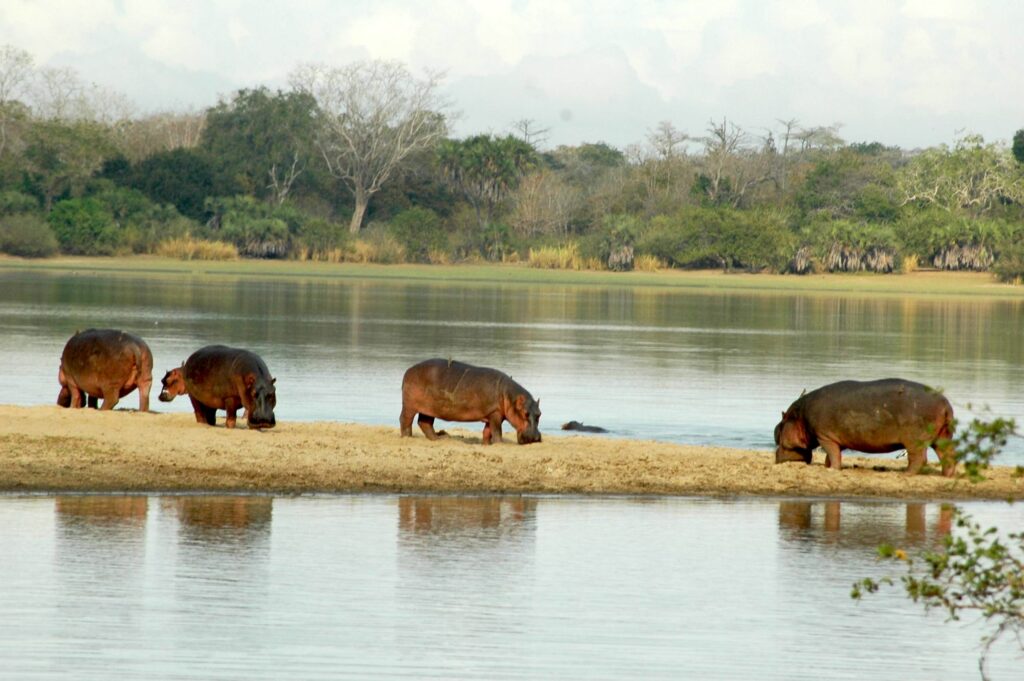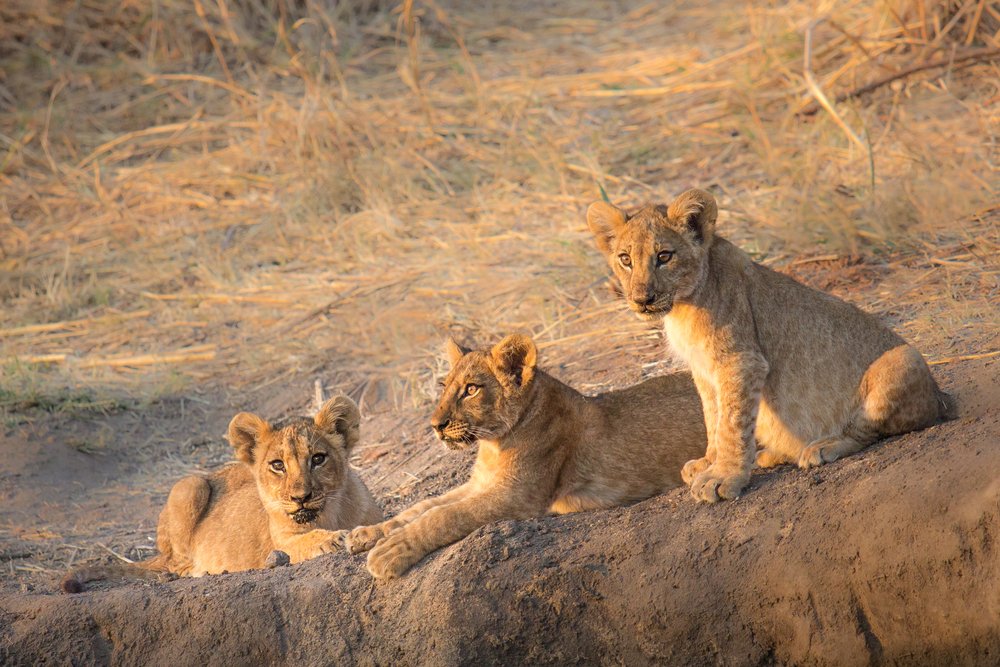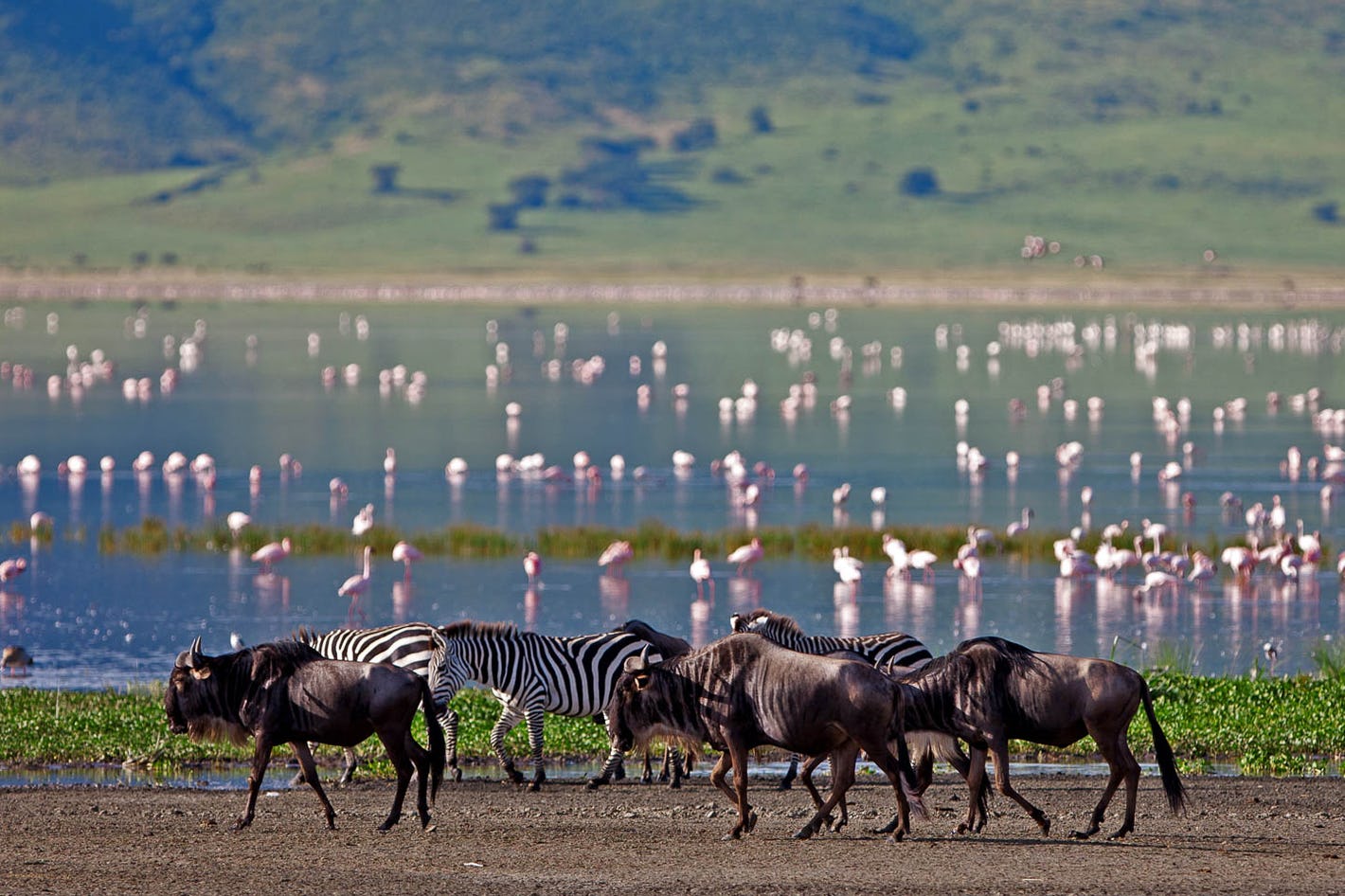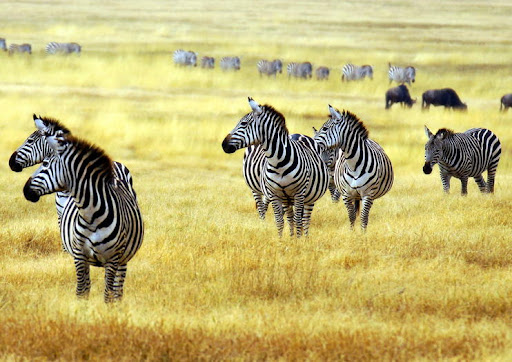Nyerere National Park

As of my last knowledge update in January 2022, Nyerere National Park had not been officially established. However, there were discussions and plans to merge Nyerere National Park with other adjacent wildlife areas to create a larger protected area called Nyerere National Park. This initiative was part of Tanzania’s efforts to enhance conservation and combat poaching.
It’s important to note that the status and details of national parks can change, and new developments may have occurred since my last update.
To get the most current and accurate information about Nyerere National Park, I recommend checking with official sources, such as the Tanzania National Parks Authority (TANAPA) or other relevant government agencies. They can provide the latest information on the establishment, management, and features of the park, as well as any changes in its status or boundaries.
Size:
Nyerere National Park is one of the largest protected areas in Africa, covering approximately 50,000 square kilometers (19,300 square miles). It is larger than some countries.
Location:
Situated in southern Tanzania, the reserve spans parts of the Lindi, Mtwara, and Ruvuma regions. It is named after Frederick Selous, a British explorer, hunter, and conservationist.
UNESCO World Heritage Site:
Nyerere National Park was designated a UNESCO World Heritage Site in 1982 due to its outstanding biodiversity and ecological significance.
Landscape:
The reserve features diverse landscapes, including grassy plains, woodlands, swamps, and the Rufiji River, the largest river in Tanzania.
Biodiversity:
Nyerere National Park is renowned for its rich biodiversity, including a variety of wildlife species. It is home to large populations of elephants, hippos, crocodiles, and diverse birdlife. The reserve also has significant populations of African wild dogs, which are an endangered species.
Rufiji River:
The Rufiji River is a prominent feature of the reserve, creating a network of channels, lakes, and swamps. It is a vital water source for the wildlife in the region.
Boat Safaris:
One of the unique aspects of Nyerere National Park is the opportunity to experience boat safaris along the Rufiji River. This allows visitors to observe wildlife from a different perspective and see aquatic species like hippos and crocodiles.
Game Drives and Walking Safaris:
Traditional game drives and walking safaris are popular activities in Nyerere National Park, offering opportunities to see a wide range of wildlife, including elephants, lions, giraffes, and numerous antelope species.











